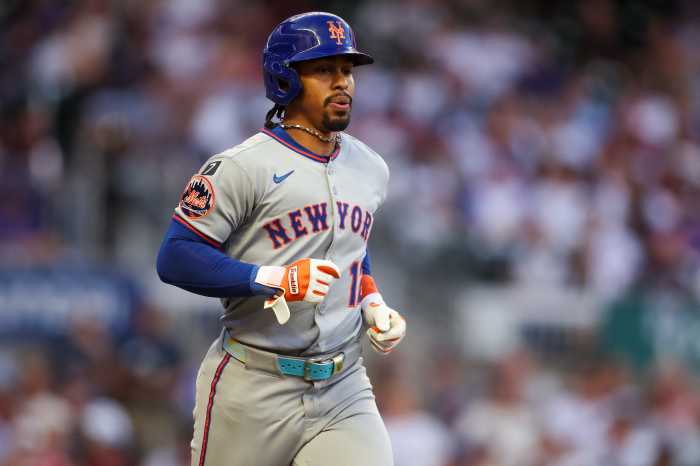By William Lewis
As the primary season progresses, the term “early primary” has increasingly come into use. The primary election format has changed in various states.
Mostly in Western states, there is a trend toward early voting before Election Day. These votes are counted on election night. The voter who does that will not vote on Election Day. There are some problems with this kind of system.
Some voters may vote three weeks before the primary election for a candidate and the voter may change his mind on Election Day, wanting to support another candidate. It can happen and probably has happened. A primary candidate may be addressing a crowd on the day before the election and it turns out that a majority of the people at this rally have already voted. It is also possible that one of the candidates will find out what the early voting trends are and so therefore receive an advantage over his opponent who does not have this vital information.
In many states including New York, there are absentee ballots. Voters can use these ballots and then not show up on Election Day. Absentee ballots are counted after the election, and the count may not be finished for days or weeks after election day.
Another change in voting procedures is that voters other than members of a political party can vote in a party election. For instance, during the last several months, we have seen Republicans voting in Democratic Party primaries, and Democrats voting in Republican primaries. Independents can also vote in these party primaries. These are known as “open primaries.” This type of situation causes political party primaries to really not be party primaries since a large segment of the people voting are not members of that party.
The question can be asked if it is fair to the registered members of a political party who support their party financially, and also work to build the party and campaign for its candidates, to allow people who do not work for the party and have little or no interest in the party structure to vote in a primary.
I am sure that the public officials in these states that have early voting and open voting in other political parties probably believe that they were improving the system in terms of encouraging more people to participate in democracy and making it easier for citizens to vote.
However these types of voting raise many questions. We want as many of our citizens to vote as possible, but there has to be an easy way to do this.
Here in New York only members of a political party may vote in that party’s primary. Hopefully, that system will stay in effect. There is no early voting in New York outside of absentee ballots. The system has worked well over the years, since only Republicans can vote in Republican primaries, and only Democrats can vote in Democratic primaries.
It is hoped that early voting will not continue to grow. We want this system to work well with as little difficulty as possible.
Election Day voting has served us well over the years. It can continue to serve us well in the future.



































